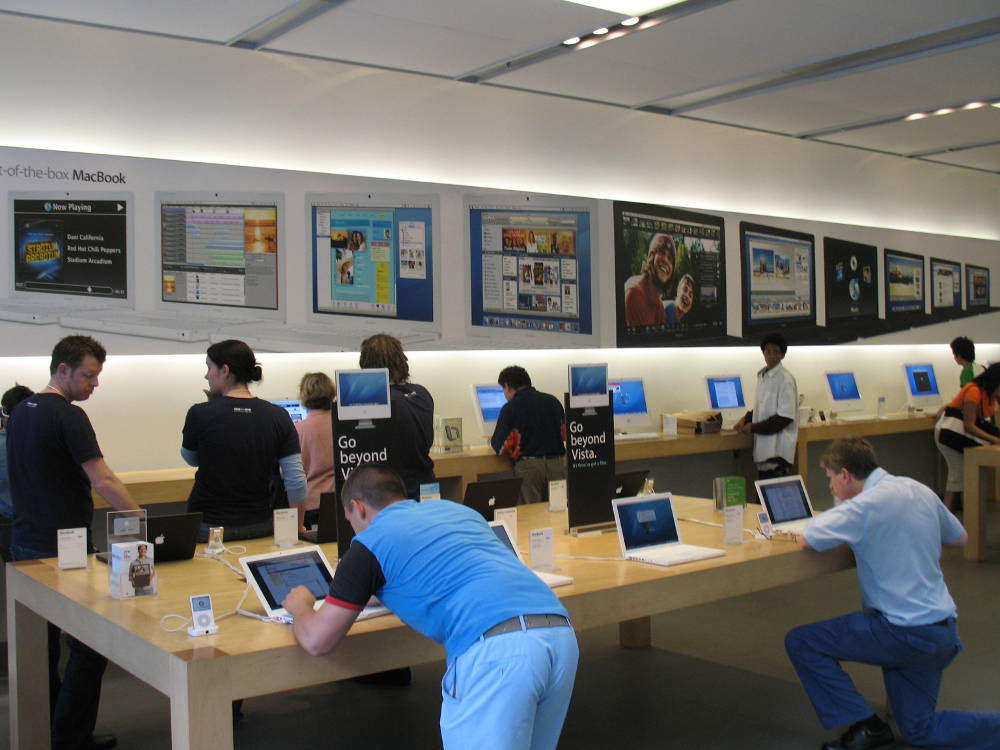[Photograph by TonyTheTiger under Creative Commons]
You spend generously in marketing activities to acquire customers but the results that follow leave you disappointed. The spending on marketing makes a deep cut to your bottom line while the business from the acquired customers does not in any way justify these spends. You are perplexed.
Allow me to introduce you to growth hacking, which has the potential to tame this intractable problem.
Watch a video of this episode or continue reading
Episode 9: The new rules of business
Sean Ellis, a marketer at Dropbox, coined this term in 2010 to describe the mindset of a person "…whose true north is growth. Everything they do is scrutinized by its potential impact on scalable growth."
Start-up tech companies, who harboured ambitions of changing (read: conquering) the world but did not possess resources to match their ambition, embraced this strategy and strove to increase user base with near zero investment in marketing activities.
A prerequisite for successfully executing this strategy is to create an awesome product that delivers a memorable experience to its users.
Dropbox and Google are two brands that have embraced this strategy and have gone on to change the world.
Take Dropbox. It created an awesome product. To attract the early users, it offered minimum storage space free upon signing up. Since the product was awesome, users had a memorable experience. They posted positive reviews. Dropbox rewarded this desirable behaviour by providing them with additional storage space.
This strategy of rewarding desirable behaviour encouraged users of Dropbox to scream and shout even more at every occasion, on every platform about the awesomeness of Dropbox. Remember, when real people share their experiences, the believability of the message is a jaw-dropping 70 – 92 percent compared with less than 45 percent when a brand owner makes similar claims.
When real people share their experiences, the believability of the message is a jaw-dropping 70 – 92 percent
From Dropbox let us move to Google. It too deployed a growth hacking strategy to attract users without resorting to spending money on marketing activities.
Google created an awesome online search product and made it available to all of us for free. This free strategy works on the premise that any good thing that is available for free becomes desirable. In Google's case the experience of using it was so awesome that the product did its own marketing. So much so that it has become the ultimate brand-verb for search (if you don't know what that means, just google it.)
So, having given away its product free, how did Google make money? The search engine was just a foil, the ultimate product that Google sold was 'us'—the users. It sold our search histories and habits to advertisers and made money.
In 2004 when Google launched Gmail, it was available only by invitation. A user could gain access to Gmail only if she had an invite, which was deliberately limited, invoking a scarcity effect—anything that is scarce becomes valuable and we wish to acquire it even if it is an effort to get it. This makes the product desirable. There was a mad scramble to get a Gmail invite. Gmail has gone on to become the largest email platform. Now when Google wishes to replace Gmail with Inbox it is following a similar strategy. Inbox is available only through invite.
Did you notice the message that appears when you receive a mail sent from an iPhone: ‘Sent from my iPhone’? This too comes under the growth hacking umbrella and goes by the name ‘Dead Space’ advertising—space that has no commercial value, is now being leveraged for advertising in a relevant and contextual way. Using this space brand flash can be achieved at no incremental cost.
Although I have demonstrated that growth hacking is potent, I have only used tech companies as examples. Can growth hacking work for brick-and-mortar companies as well?
Let me share with you the growth hacking strategy as deployed by Gillette. It sells its razors cheap but charges a hefty premium for the consumable cartridge. Once a person has bought the razor, he will have to buy the cartridge regularly. This results in steady revenue and high customer retention rate at no additional spending.
The important thing to remember is that growth hacking is a mindset, which seeks to attract users without having to shell out money on traditional marketing activities.
Growth hacking is a mindset, which seeks to attract users without having to shell out money on traditional marketing
Many companies deployed this strategy prior to 2010, not realizing that they were pursuing growth hacking.
In 2005, Reliance Communications launched it in India. Its strategy was to make Reliance-to-Reliance calls free. This meant that if you were a Reliance user and you made a call to a person who was also on the Reliance platform, the call would be free. This made enterprises shift all their employees to the Reliance platform; and entire families switched to Reliance. This is a prime example of a growth hacking strategy.
Apple has given growth hacking a new twist by introducing the concept of an Apple universe. Apple products work much better when they operate within the Apple universe because they seamlessly sync together, giving users a memorable experience. Result: Once a person buys an Apple product, chances are she will buy the next Apple release too. Take Apple watch. Apple is sure that millions of customers in the Apple universe will be early adopters of the Apple Watch. And first time buyers of the watch will be motivated to acquire the entire range of Apple products over time. Customer acquisitions for Apple comes at near zero cost. Apple is planning to ship over a million Apple watches. To put this in context, the total e-watches shipped by all watch brand owners totalled just over 7,00,000.
Growth hacking is industry agnostic. It is about a mindset.
All of this shows that growth hacking is industry agnostic. It is about a mindset. Acquire it no matter which industry your enterprise is based in and watch your customer acquisition cost and lead generation cost plummet, resulting in a healthy business and a robust bottom line.
[If you have any questions mail us at askrajesh@foundingfuel.com]

